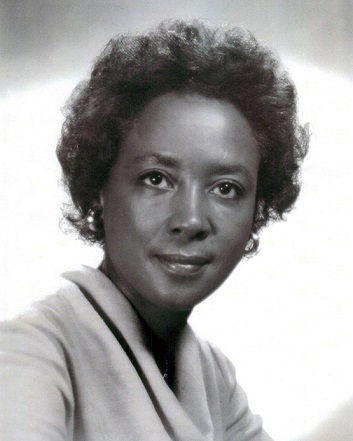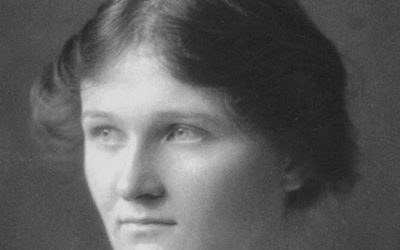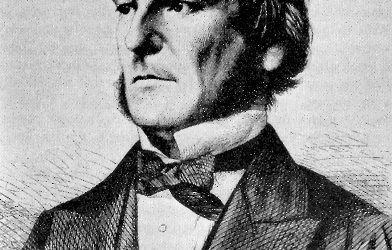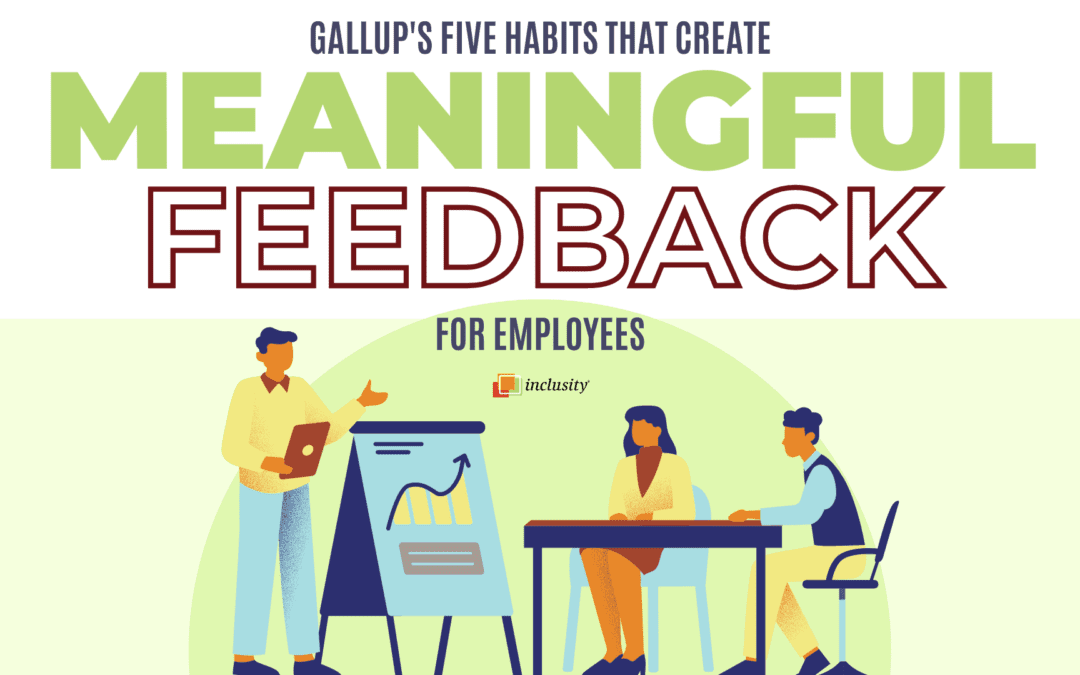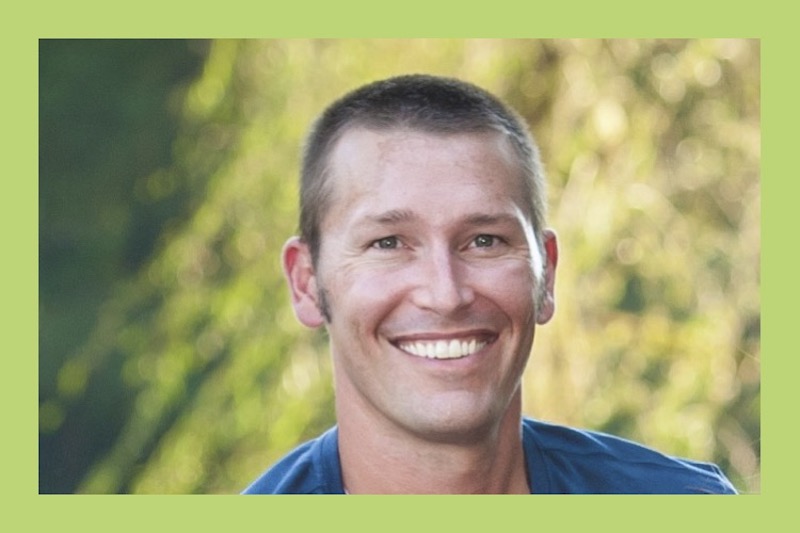In 1965, science fiction writer Frank Herbert published his first novel, Dune. Its story of political intrigue was set in a fictional universe full of exotic details, including one which was quite ironic: although Dune was a futuristic story, it took place in a world where electronic computers had been outlawed. Instead of devices, advanced calculations in Herbert’s world were performed by “Mentats”, human computers who had been trained to think more quickly and abstractly than any ordinary person could.
Actually, though, this idea was less outlandish than it might seem at first. Herbert’s conception of a world without electronic computers could have easily been inspired not by the future, but by the recent past. Human computing was a necessity for more than a century before the widespread adoption of microcomputers in the 1970s. Universities, government agencies and private laboratories all relied on the ability of human computers to solve a huge number of mathematical equations quickly and accurately. And just like clerical work in the business world, this difficult, repetitive intellectual labor was often performed by women.
Public interest in these human computers was greatly increased in 2016, when Margot Shetterly published Hidden Figures, her history of three black women whose work at NASA was instrumental to the success of its missions in the 1960s. However, as Shetterly herself admitted, her book could only tell a small part of this story, since at the same time there were hundreds of other female computers working at NASA alone. Today, we’re going to shed some light on one of these even more hidden figures.
Annie Easley was born on April 23, 1933 in Birmingham, Alabama. She and her older brother were brought up by a single mother, but the family was able to get by and she performed well in school. She was fascinated by mathematics and medicine, and hoped someday to get a job as a pharmacist. After graduating from high school, Easley paid her way through two years at Xavier University in New Orleans, majoring in pharmacy. She got married shortly after leaving Xavier, but her husband was finishing a tour of service in the military, so she returned to Birmingham for a year and worked as a substitute teacher. When her husband returned, the couple moved to Cleveland to be near his family.
One memory of her adult life in the South that stuck with Easley was her experience of the racially-biased “literacy tests” that were commonly used in southern voting districts. The first time she went to vote, her examiner observed that she had gone to Xavier University and decided that she didn’t need to take the test, only requiring her to pay the $2 poll tax, another subtle method of barring “undesirable” citizens from voting. Not satisfied with being personally exempted from this discrimination, Easley decided to learn about the test and teach others in her neighborhood how to pass it, a pursuit that she would continue in Cleveland and for the rest of her life.
After moving to Cleveland in 1955, Easley intended to continue her preparation for a medical career. Unfortunately, she discovered that the only pharmacy program at a local university had recently been closed; the closest university with such a program was in Columbus. Around the time she found this out, though, she also read an intriguing newspaper story about two sisters who worked as “computers” for the National Advisory Committee for Aeronautics, a forerunner of NASA. Inspired by their example, Easley applied for the same job at NACA’s Lewis Research Center in Cleveland, and was accepted.
Although it didn’t involve any heavy lifting, computing was far from a cushy occupation. The work was a series of grueling intellectual chores, involving countless repetitive calculations to solve problems developed by NASA engineers. Although the staff had access to mechanical calculators that could perform basic arithmetic, something as simple as a square root or logarithm had to be looked up in a huge book of mathematical tables, just as it had been done a century before. It was also a low-paying job for a college graduate in the booming economic climate of the late 1950s. Even so, Easley enjoyed the work, and particularly the wide variety of projects it connected her to, including the construction of a nuclear power plant, experiments on storage battery design, and the eventual focus of her career: rocket science.
Like the other human computers at NASA, Easley moved into the role of programmer and mathematician when the development of electronic computers made her original role obsolete in the 1960s. Her most celebrated work was associated with the Centaur, an upper-stage booster rocket informally known as the “workhorse of NASA” for its role in launching major satellites and probes, including the Mariner, Viking and Voyager series. Easley also spent much of her career in energy research, analyzing the effects of solar wind on spacecraft as well as the potential of solar and wind energy back on Earth.
Easley’s talent was apparent to her co-workers and superiors, but it did not exempt her from ugly manifestations of prejudice. At several points in her career she was told that she needed to take additional classes to be qualified for her present position, but although an office for financial support existed at NASA, her own boss was insistent that NASA did not pay for employee education. Not wanting to cause trouble, Easley paid for the classes herself, but in time a co-worker learned about the issue and brought it to the attention of the financial aid office. Her boss ultimately apologized for his ignorance of NASA policy, but not for ignoring her when she tried to tell him about it.
Despite this ongoing discrimination, as well as other slights such as being cut out of a group photo shown at a NASA open house, Easley never struck back in anger or failed to do her best on the job. A humble and team-oriented woman, she was devoted to her work for its own sake and never went after publicity. Like the civil rights activist Rosa Parks, she didn’t seek out the spotlight; it found her. She stands out in history not because of self-promotion or an eccentric personality, but because of her evident character and strong will. And like many of the human computers who worked during the middle of the last century, she is a figure who deserves to not be hidden.
Next Post: Edward Bok, the innovative editor of the Ladies’ Home Journal who made his magazine a fixture of American households and a platform for progressive ideas.

